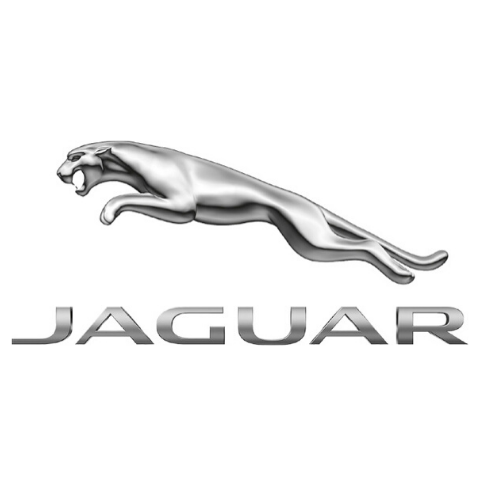1956 Jaguar D-TYPE XKD 606

The descriptions of the Classic Cars in the Directory were partly generated or supplemented with the help of artificial intelligence (AI). The content may occasionally not always be entirely accurate or factually correct despite careful checking.
The Jaguar D-Type XKD 606 1956 is a racing car designed and produced by Jaguar Cars from 1954 to 1957. It was built to compete in the prestigious Le Mans 24-hour endurance race, and succeeded in winning the race three times from 1955 to 1957.
The XKD 606 features a sleek and aerodynamic design that was developed using extensive wind tunnel testing. Its long, tapered nose and distinctive tail fin not only look striking but also serve to improve the car's stability and handling at high speeds.
Under the hood, the XKD 606 is powered by a 3.8-liter inline-six engine that produces 250 horsepower. This engine was developed specifically for racing and features a number of advanced technologies, including dual overhead camshafts, hemispherical combustion chambers, and triple Weber carburetors.
The car's chassis is made from a lightweight aluminum alloy and features sophisticated suspension and braking systems. The front suspension is a double wishbone design with coil springs, while the rear uses a torsion-bar setup. The braking system consists of four-wheel disc brakes, which provided exceptional stopping power and control during racing.
Inside the cockpit, the driver and co-driver sit in a streamlined and minimalist environment. Racing seats with cloth upholstery are paired with a simple dashboard that contains only essential gauges and controls. There is no air conditioning, sound system, or other creature comforts in the passenger compartment, as the focus was purely on high-performance driving.
The XKD 606's racing career was incredibly successful, with wins at Le Mans, the Reims 12 Hours, the Silverstone International Trophy, and more. Today, this car is considered one of the most iconic and desirable sports cars in history, with only a handful of surviving examples remaining in existence. Its combination of stunning design, advanced engineering, and racing success make it a true legend in the world of automotive history.
Milestones
- Introduced in 1954 as a successor to the C-Type - Won its first race, the 12 Hours of Reims, in 1954 - Won the 24 Hours of Le Mans in 1955 with drivers Mike Hawthorn and Ivor Bueb - Built with a lightweight aluminum body, advanced aerodynamics, and disc brakes - Featured a 3.4-liter inline-six engine producing up to 250 horsepower - Was driven by legendary racers such as Stirling Moss, Phil Hill, and Peter Collins - Saw continued success in international endurance racing in 1956, including winning the Sebring 12 Hours and the RAC Tourist Trophy - Total of 71 D-Types were produced between 1954 and 1957, making it a highly sought after classic sports car todayTechnical
- Engine: 3.4-liter straight-six, DOHC - Power output: 245 horsepower - Top speed: 172 mph - Transmission: four-speed manual - Suspension: independent front and rear - Brakes: hydraulic disc brakes on all four wheels - Weight: approximately 2,000 pounds - Body material: aluminum - Aerodynamic design: streamlined body with long tail and fin to reduce drag - Racing accomplishments: won the 1957 24 Hours of Le Mans race and the 1956 and 1957 Sebring 12 Hours races